Moss-Pink Phlox
- October 18, 2023
- 0 comment
Moss-Pink Phlox, scientifically known as Phlox subulata, is a charming and delicate perennial plant that graces gardens and landscapes with its vibrant, low-growing carpet of flowers. This native North American species is cherished for its exceptional ground cover abilities and its remarkable aesthetic appeal.

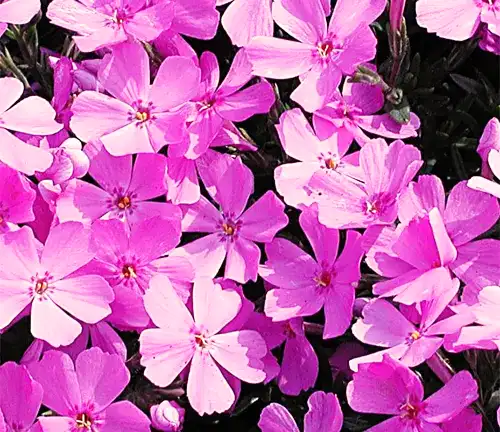
Moss-Pink Phlox typically features narrow, needle-like foliage that forms a lush, evergreen mat, creating an attractive green backdrop even when not in bloom. During the spring months, this plant bursts into a profusion of star-shaped, five-petaled flowers that come in various shades of pink, from soft pastels to intense magentas.
This perennial beauty is a favorite among garden enthusiasts, thanks to its ability to thrive in rocky or sandy soils, making it ideal for rock gardens, edging pathways, and cascading over retaining walls. With its low-maintenance nature and a burst of color in spring, Moss-Pink Phlox is a wonderful addition to any garden, providing a striking and enduring visual impact.
| Characteristics | Description |
| Scientific Name | Phlox subulata |
| Common Names | Moss-Pink Phlox, Creeping Phlox |
| Plant Type | Perennial |
| Mature Height | 4 to 6 inches (10 to 15 cm) |
| Mature Spread | 12 to 18 inches (30 to 45 cm) |
| Foliage | Evergreen, needle-like, narrow leaves |
| Flower Color | Various shades of pink, including pastels and magentas |
| Bloom Time | Spring (typically April to May) |
| Sun Exposure | Full sun to partial shade |
| Soil Type | Well-drained, sandy or rocky soil |
| Watering | Moderate, prefers slightly dry conditions |
| Maintenance | Low; prune after flowering to promote bushier growth |
| USDA Hardiness Zones | 3 to 9 |
| Uses | Ground cover, rock gardens, edging, slopes, containers |
| Special Features | Attracts pollinators, deer-resistant, drought-tolerant |
| Native Range | North America |
Botanical Beauty of “Moss-Pink Phlox”
In the world of ornamental plants, Moss-Pink Phlox, scientifically known as Phlox subulata, stands out as a true botanical gem. This low-growing perennial, often referred to as Creeping Phlox, is celebrated for its remarkable beauty and captivating presence in gardens. Its botanical allure lies not only in the vibrancy of its springtime blooms but also in its evergreen foliage that forms an enchanting carpet. As we delve into the captivating world of Moss-Pink Phlox, let’s explore its unique features, ecological significance, and the various ways it can enrich our lives and landscapes.

Woodland Elegance

Moss-Pink Phlox exudes an air of woodland elegance that is hard to resist. Its needle-like, evergreen leaves create a lush green carpet year-round, making it a charming ground cover even when not in bloom. However, it’s during the spring months that this plant truly shines. As the weather warms, Moss-Pink Phlox bursts into a profusion of star-shaped flowers in various shades of pink, ranging from delicate pastels to intense magentas. This captivating display of colors adds a touch of natural elegance to gardens, rockeries, and a range of landscape settings.
Ecological Importance

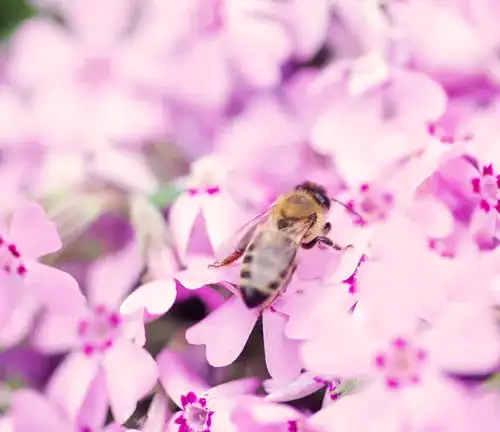
Beyond its aesthetic appeal, Moss-Pink Phlox plays a vital role in supporting local ecosystems. Its flowers attract pollinators such as bees and butterflies, contributing to the overall health of the environment. In addition, this native North American species has adapted to thrive in various soil conditions and is well-suited to many climates. Its presence in natural habitats helps stabilize the soil, prevent erosion, and support the growth of other native species. Moss-Pink Phlox serves as a symbol of biodiversity and resilience in the face of changing environmental conditions.
Cultivation and Conservation
Cultivating Moss-Pink Phlox is a rewarding experience for gardeners and conservationists alike. It thrives in well-drained, sandy, or rocky soils and prefers full sun to partial shade, making it a versatile addition to various garden settings. In recent years, there has been a growing awareness of the importance of conserving native plant species. Moss-Pink Phlox is no exception. By incorporating this plant into our landscapes, we not only enhance the beauty of our gardens but also actively contribute to the preservation of an essential native species.
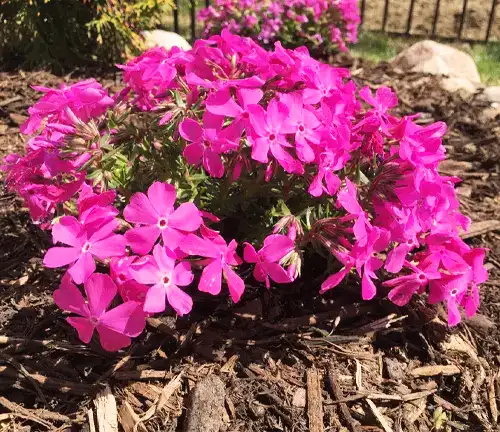
Fragrance
One of the lesser-known but delightful qualities of Moss-Pink Phlox is its fragrance. While the plant’s small, delicate flowers may not seem like obvious sources of fragrance, they emit a subtle and pleasing scent. On a warm spring day, a garden adorned with Moss-Pink Phlox can be filled with a gentle, sweet aroma, adding an olfactory dimension to its already impressive visual appeal.
Soil Stabilization
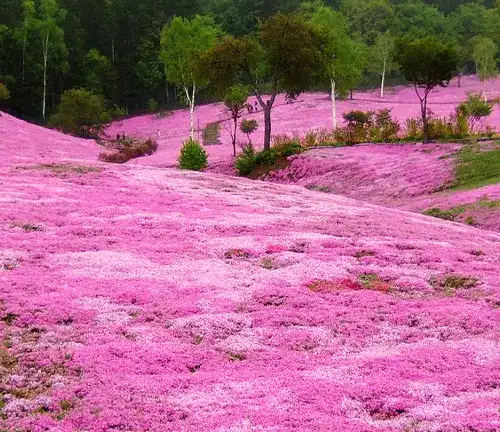
Moss-Pink Phlox is not just a pretty face; it’s also a natural stabilizer. Its extensive root system helps prevent soil erosion, making it a valuable addition to gardens built on slopes or in areas prone to runoff. This ecological benefit extends beyond the garden, as it contributes to the overall health and stability of natural landscapes.
Common Uses
This versatile plant finds common use in various garden designs. Moss-Pink Phlox is ideal for rock gardens, where it can cascade over stones, adding a soft touch to the rugged terrain. It’s also a popular choice for edging pathways, providing a burst of color that guides the way. Additionally, it works beautifully in containers, where its low growth and vibrant blooms create stunning visual interest.

Benefits
The benefits of Moss-Pink Phlox are manifold. Its captivating beauty enhances our gardens and landscapes, providing a visual spectacle that’s easy to appreciate. Ecologically, it supports pollinators, stabilizes soil, and contributes to the conservation of native species. The fragrance it imparts adds another layer of sensory delight to our outdoor spaces. Whether used in rock gardens or containers, Moss-Pink Phlox offers a versatile, low-maintenance solution for a variety of gardening needs. Its ability to thrive in different soil conditions and climates makes it a reliable and resilient choice for both seasoned gardeners and beginners alike.
Different Species
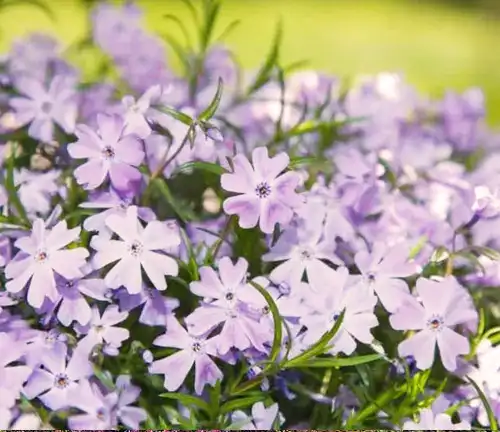
Emerald Blue
(Phlox subulata ‘Emerald Blue’)
This cultivar features striking, deep blue-violet flowers that add a bold splash of color to your garden. It maintains the typical creeping growth habit of Moss-Pink Phlox.
Crimson Beauty
(Phlox subulata ‘Crimson Beauty’)
As the name suggests, this cultivar boasts rich crimson-red flowers, creating a vivid and eye-catching display.
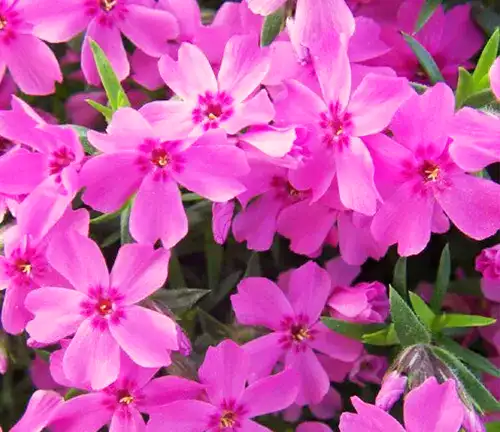

White Delight
(Phlox subulata ‘White Delight’)
For those who prefer a more classic and pristine look, ‘White Delight’ offers pure white flowers that contrast beautifully with its evergreen foliage.
Candy Stripe
(Phlox subulata ‘Candy Stripe’)
This cultivar is known for its uniquely striped petals, with pink and white alternating stripes, creating a charming and playful appearance.

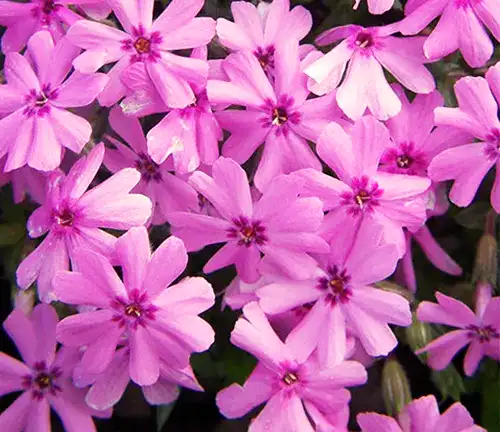
Fort Hill
(Phlox subulata ‘Fort Hill’)
Fort Hill’ displays soft, lavender-pink flowers and has a vigorous spreading habit, making it an excellent ground cover.
Scarlet Flame
(Phlox subulata ‘Scarlet Flame’)
This variety features bright red flowers with a dark red center, adding a fiery touch to your garden.

Frequently Asked Questions (FAQs)
- What is Moss-Pink Phlox?
Moss-Pink Phlox, scientifically known as Phlox subulata, is a low-growing perennial plant that is known for its vibrant springtime blooms and evergreen foliage. - When does Moss-Pink Phlox bloom?
Moss-Pink Phlox typically blooms in the spring, with flowers appearing in April to May. The exact timing may vary depending on local climate conditions. - What colors do Moss-Pink Phlox flowers come in?
Moss-Pink Phlox flowers come in various shades of pink, ranging from soft pastels to intense magentas. There are also cultivars with white and other color variations. - How tall and wide does Moss-Pink Phlox grow?
Moss-Pink Phlox typically reaches a mature height of 4 to 6 inches (10 to 15 cm) and spreads out to about 12 to 18 inches (30 to 45 cm). - What is the preferred sun exposure for Moss-Pink Phlox?
Moss-Pink Phlox thrives in full sun to partial shade. It can tolerate a range of light conditions, but it usually blooms more profusely in full sun. - What type of soil does Moss-Pink Phlox prefer?
Moss-Pink Phlox prefers well-drained, sandy, or rocky soils. It’s important to provide good drainage to prevent waterlogged roots. - Is Moss-Pink Phlox a fragrant plant?
Yes, Moss-Pink Phlox emits a subtle and pleasing fragrance, particularly on warm spring days when it is in full bloom. - How do you care for Moss-Pink Phlox?
Moss-Pink Phlox is relatively low-maintenance. Prune the plant after flowering to encourage bushier growth. It benefits from occasional watering but can tolerate slightly dry conditions. - What is the USDA hardiness zone for Moss-Pink Phlox?
Moss-Pink Phlox is typically suited for USDA hardiness zones 3 to 9, making it adaptable to a wide range of climates. - What are some common uses for Moss-Pink Phlox in landscaping?
Moss-Pink Phlox is commonly used as ground cover, in rock gardens, for edging pathways, and in containers. Its low-growing habit and vibrant blooms make it versatile in garden design. - Is Moss-Pink Phlox beneficial for the environment?
Yes, Moss-Pink Phlox supports local ecosystems by attracting pollinators like bees and butterflies. Its extensive root system helps stabilize soil and prevent erosion. - Are there different cultivars or color variations of Moss-Pink Phlox?
Yes, there are various cultivars of Moss-Pink Phlox with different flower colors, including blue, crimson, white, striped, and more.



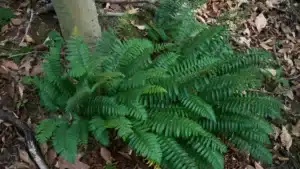
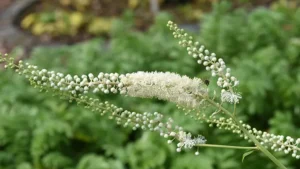


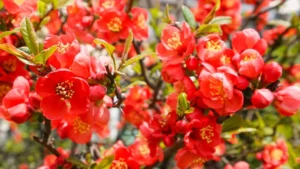

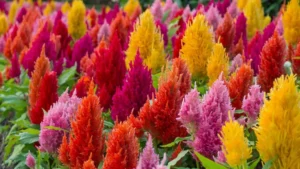

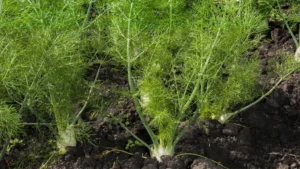
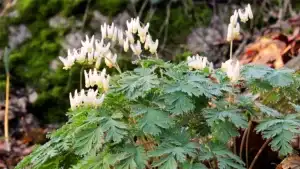
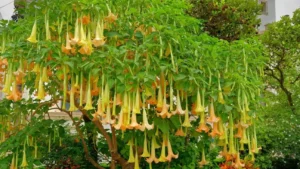
Leave your comment